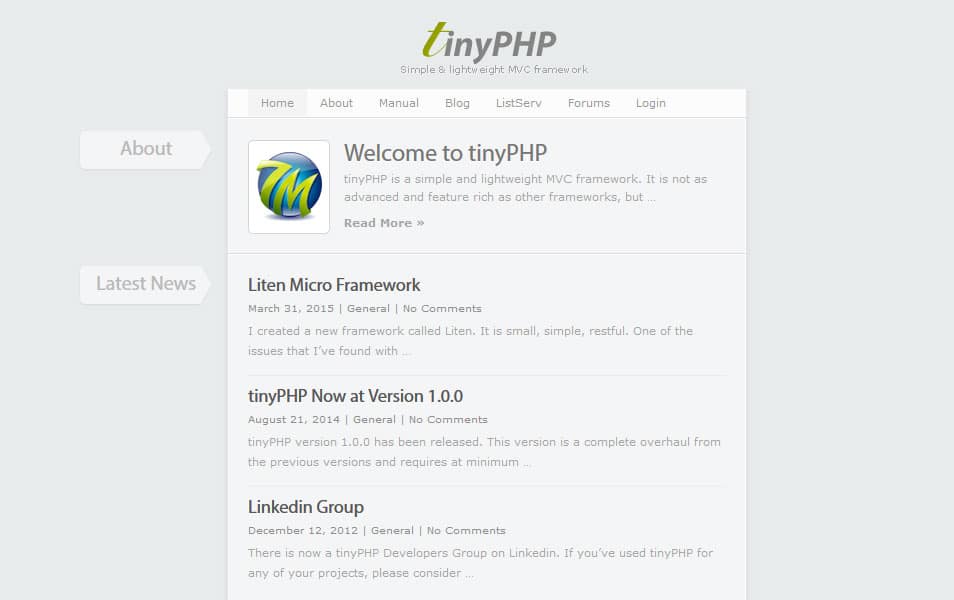Modern Testing In Php With Codeception Group
Codeception: how do I test file download? Ask Question. Browse other questions tagged php testing codeception acceptance-testing or ask your own question. 2 years, 11 months ago. Counter strategy against group that repeatedly does strategic self-citations and ignores other relevant research. Would you like to test your PHP code like a boss? Do you feel that basic unit tests and PHPUnit just don't cut it anymore? If your answer to both questions is yes, you might want to try Codeception, a mature and well-documented testing framework designed to outperform PHPUnit and Behat. In this post, Toptal Freelance Software Engineer.
You are viewing documentation for Codeception 2.0. Switch to Advanced Usage In this chapter we will cover some techniques and options that you can use to improve your testing experience and stay with better organization of your project.
Cest Classes In case you want to get a class-like structure for your Cepts, you can use the Cest format instead of plain PHP. It is very simple and is fully compatible with Cept scenarios. It means that if you feel that your test is long enough and you want to split it - you can easily move it into classes. You can create Cest file by running the command. $ php codecept.phar console suitename Now you can execute all commands of appropriate Actor class and see results immediately. This is especially useful when used with WebDriver module.
It always takes too long to launch Selenium and browser for tests. But with console you can try different selectors, and different commands, and then write a test that would pass for sure when executed. And a special hint: show your boss how you can nicely manipulate web pages with console and Selenium. It will be easy to convince to automate this steps and introduce acceptance testing to the project. Running from different folders If you have several projects with Codeception tests, you can use single codecept.phar file to run all of your tests. You can pass -c option to any Codeception command, excluding bootstrap, to execute Codeception in another directory. If you caught the idea, let’s learn some built-in features for structuring your test code.
We will discover implementation of PageObject and StepObject patterns in Codeception. PageObjects is widely used by test automation engineers.
The PageObject pattern represents a web page as a class and the DOM elements on that page as its properties, and some basic interactions as its methods. PageObjects are very important when you are developing a flexible architecture of your tests. Please do not hardcode complex CSS or XPath locators in your tests but rather move them into PageObject classes. Codeception can generate a PageObject class for you with command.
WantTo ( 'login to site' ); $I -> amOnPage ( LoginPage:: $URL ); $I -> fillField ( LoginPage:: $usernameField, 'bill evans' ); $I -> fillField ( LoginPage:: $passwordField, 'debby' ); $I -> click ( LoginPage:: $loginButton ); $I -> see ( 'Welcome, bill' );?> As you see, you can freely change markup of your login page, and all the tests interacting with this page will have their locators updated according to properties of LoginPage class. But let’s move further. Muslim prayer allahu akbar download youtube. A PageObject concept also defines that methods for the page interaction should also be stored in a PageObject class. This can’t be done in LoginPage class we just generated. Because this class is accessible across all test suites, we do not know which Actor class will be used for interaction.

Thus, we will need to generate another page object. In this case we will explicitly define the suite to be used. Login ( 'bill evans', 'debby' );?> Probably we should merge the UserLoginPage and LoginPage classes as they do play the same role. But LoginPage can be used both in functional and acceptance tests, when UserLoginPage only in tests with AcceptanceTester. So it’s up to you to use global page objects or local per suite page objects.
- четверг 27 сентября
- 82